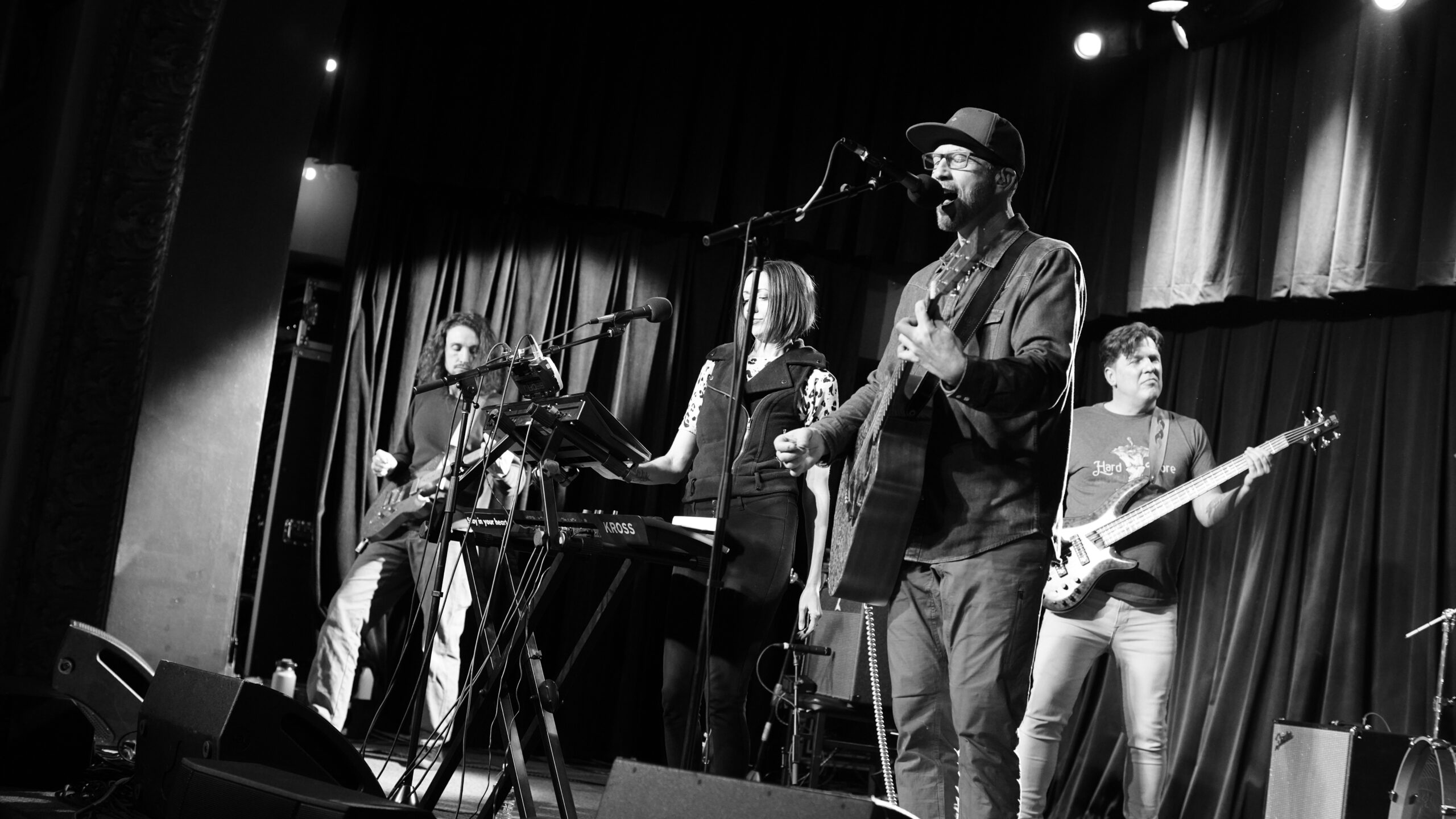The image of a mermaid swims around in our minds as a beautiful woman, maybe she is sunning on a rock, letting the ocean spray mist over her tail as she sings. That picture isn’t new. As we’ve discussed before, mermaids have been seen this way in the West for millenia.
Imagine the surprise, then, when a 19th century sensation called the Feejee Mermaid landed in New York. While the crowds gathered, they were waiting to see this gorgeous specimen found in far off waters — but what they encountered was a horrifying sight.
The story will take us to one of the biggest hoaxes in cryptid history, involve the greatest showman who ever lived, and become one of the largest sensations in American culture. This is the story of the Feejee Mermaid.
The Origin of a Hoax
Samuel Barret Eades was a US sea captain, sailing the waters near the end of 1821. On his travels, he rescued a sinking Dutch ship from a watery grave. The Dutch sailors had in their possession a marvelous specimen they’d purchased from Japanese fishermen, who claimed to have acquired it themselves from the Fiji Islands in the South Pacific.
It was what could only be described as a mermaid, given its humanoid upper body and fish tail lower body. The sight, however, was far different from the beautiful sirens he’d heard tales of as a boy.
This creature was horrifying. It’s shrunken upper body had a gaping mouth with sharp teeth. Its hands were coiled, one against its face and the other near the shoulder. It had sagging breasts and hair sprouting irregularly out of the scales of its tail. And the creature was quite small.
Selling the very ship he sailed for funds (a ship he didn’t fully own), Eades purchased the mermaid from the rescued Dutch sailors for $6,000.
He was near Cape Town at the time, and he needed funds in a bad way. In desperation, he exhibited the creature to ticket buying crowds. They were fascinated, disgusted, intrigued.
Eades then travelled to London, hoping for an even larger ticket buying crowd, but British specialists soon debunked the veracity of the specimen, and the crowds died out. This was unfortunate for the sea captain who now owed $6,000 for a useless piece of creative taxidermy.
Eades spent the rest of his life working off the debt, and at his death, the mermaid went to his son. Not being one for collecting hoaxed cryptids, he quickly sold it off to Moses Kimball for a song.
Kimball, being a promoter and showman, knew exactly what to do with his new purchase.
The Mermaid in the Bright Lights
Kimball worked in the Boston area as a showman and spirited citizen. He rang up his good friend P.T. Barnum, a fellow showman who’d recently opened up a museum of his own in New York City.
Kimball proposed that the two work out a deal, there was a lot of money to be made off of such an attraction. With their combined powers, they would make a fortune.
It began with a trickle of letters to newspapers from people in distant parts of the country — letters written by the shomen themselves. They’d heard of a Dr. Griffin who’d presented a real mermaid in London. Soon enough, a Dr. Griffin arrived at a Philadelphia hotel where he was staying before returning to his home country. To show his gratitude, Griffin presented the mermaid to the proprietor who was so taken by the thing that he implored his customer to show it to his friends — many of whom were newspaper editors.
The headlines came alive with wild stories of this fantastic discovery. Griffin soon presented the mermaid along with other (real) animals newly known to the American public, like the platypus. What many people didn’t know was that Dr. Griffin was in fact a paid actor by the name of Levi Lyman (the guy’s last name is literally pronounced lie-man — you can’t make this up, folks).
Griffin, claiming to be a genuine naturalist, forcefully argued that his mermaid was not a fake. He said the specimen only secured what we already knew, that every land animal had a matching aquatic version. There were sea-lions, sea-horses, etcetera, so why not sea-humans?
Then there was more publicity: P.T. Barnum came public with a recent falling out he had with Griffin, who was now refusing to show the mermaid at Barnum’s museum after having agreed to. Barnum gave his promotional material away to the press, sighing that he didn’t need it anymore.
The promotional material was then printed freely in New York’s biggest papers. The public was dying to see the creature.
Finally, Griffin relented and allowed the mermaid to be shown in Barnum’s museum. It was an enormous success. Barnum then lent the creature to his Uncle to make a tour of the South, but controversies plagued the Uncle, and the reputation of the mermaid diminished.
While in Charleston, there were credible threats of destroying the phony mermaid from locals. This really got Barnum sweating, as the lease agreement with Kimball involved keeping the mermaid intact.
All’s Well that Ends Well
Barnum took the mermaid on its final tour in 1859 to London. It was met with a much warmer reception than the first time around, but after the fanfare, the Feejee Mermaid came back to the States and found a place in Kimball’s Boston museum.
After a fire swept through Kimball’s museum, it was assumed lost. A similar specimen was given to the Harvard Peabody Museum by Kimball’s family, but it was likely a different piece.
We know now that Japanese fishermen at the time had a hobby of sewing together disparate taxidermied animal parts, making strange new creatures as an artistic outlet. One of these wound up on a sinking Dutch ship, and it so enthralled the sea captain who rescued the crew that he financially ruined himself to get it. Then it passed into the hands of a showman who knew just the guy to make it one of the biggest hoaxes in American history.
Real or fake, the Feejee Mermaid sure made a big splash.
[mysocial]




































